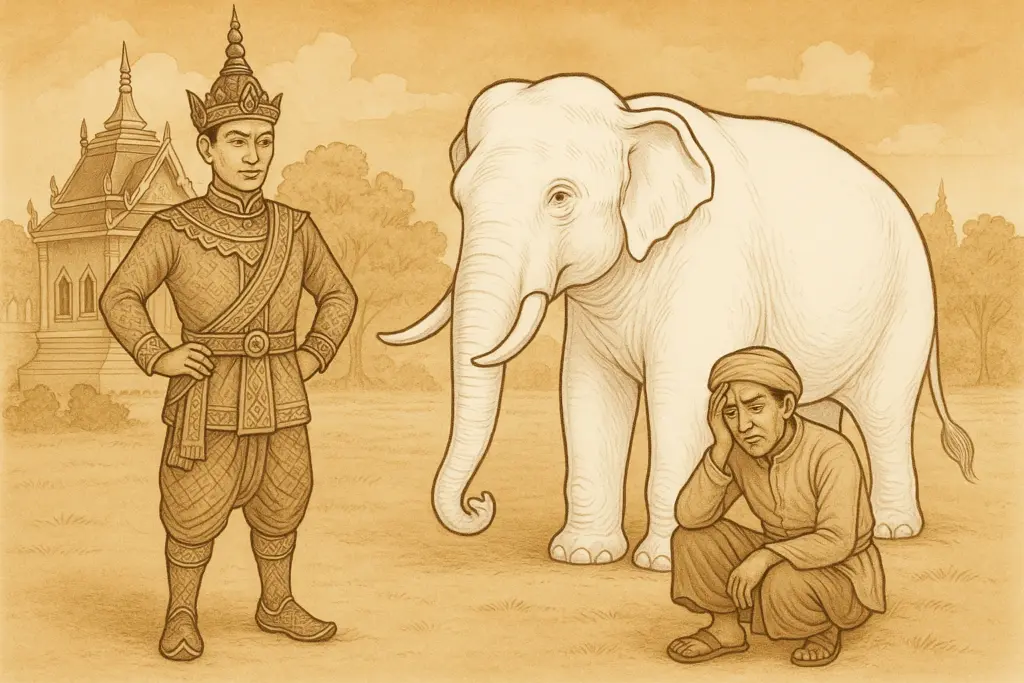A Remarkable Tale of Survival from Victorian England

John Lee of Babbacombe, Devon, cheated the hangman’s noose three times in 1885. Sentenced to death for the murder of his employer, Lee survived because on each occasion the trap-door on the gallows failed to open, even though the mechanism was tested before and after and found to be in perfect working order.
The authorities knew when they were beaten and Lee’s sentence was commuted to life imprisonment.
Historical Context
Capital Punishment in Victorian England
Public executions were commonplace in 19th century England. The death penalty was used for a range of crimes including murder, attempted murder, and even some non-violent offenses. Hanging was the primary method of execution during this period.
The “Long Drop” Method
By 1885, hangings used the “long drop” technique, introduced to make death quicker and more humane. This method required precise calculations of the condemned person’s weight to ensure sufficient force to cause instant death while preventing decapitation.
Remarkable Elements of Lee’s Case
Triple Failure
The trap door mechanism failed not once, but three separate times. After each failure, the executioner and prison staff tested the mechanism immediately afterward, finding it in perfect working order.
Merciful Authorities
Victorian justice was not known for its mercy, yet officials recognized the extraordinary nature of the situation and commuted Lee’s sentence to life imprisonment rather than attempting a fourth execution.
Later Life
John Lee was eventually released from prison in 1907, after serving 22 years. He became known as “The Man They Could Not Hang” and his case remains one of the most mysterious in British legal history.
A Mysterious Legacy
Was it mechanical failure, divine intervention, or something else entirely? The case of John Lee continues to intrigue historians and remains one of the most unusual incidents in the history of capital punishment.



